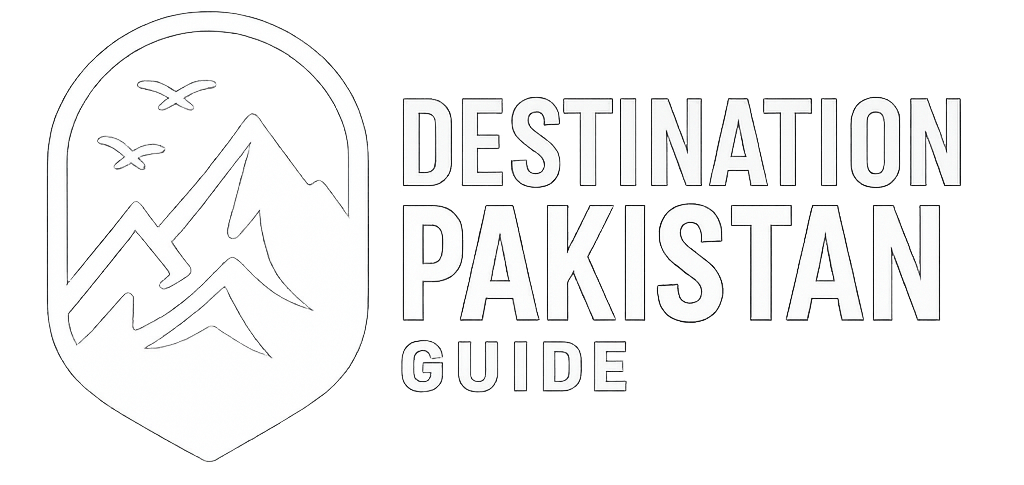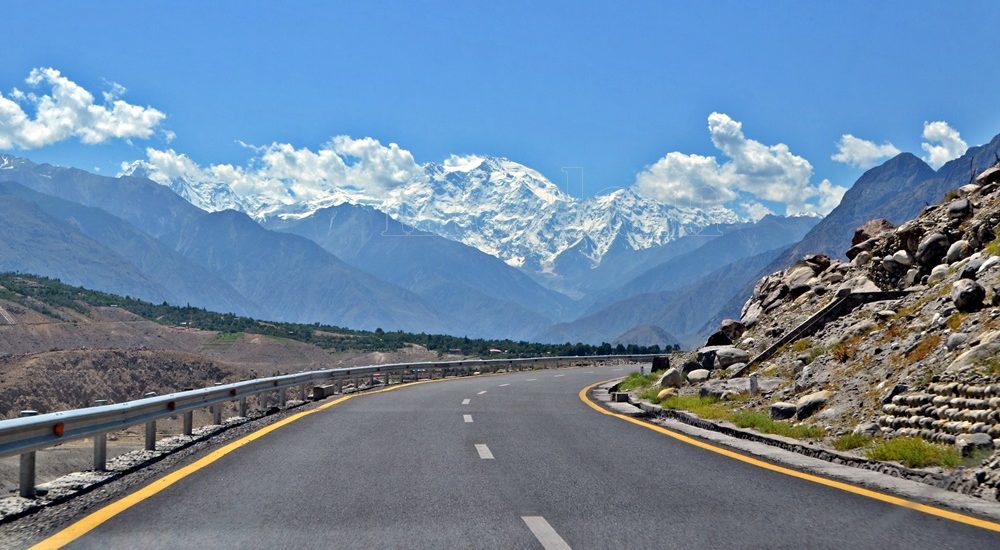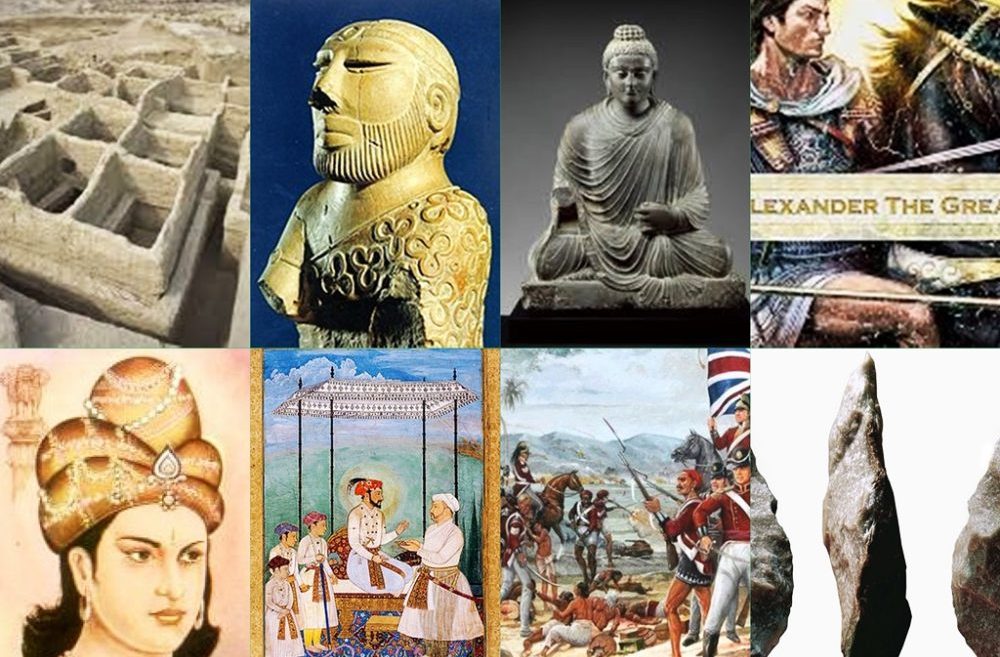Unlocking Pakistan’s Tourism Potential: A Journey Through Its Natural and Cultural Wonders
Pakistan is a country abundant in tourist attractions that can help improve Tourism in Pakistan. By potentially marketing its available resources and adopting a tourism-friendly policy, this country can become the top tourist destination in the world. Undoubtedly, its unique terrain, cultural diversity, vibrant history, variety of cuisines, distinct weather patterns, and welcoming people can make it a distinctive country in the world.
Discovering Pakistan’s Diverse Landscape
Pakistan is a country nestled between the formidable Himalayan Mountains in the north and the serene Arabian Sea coastline in the south. Overall, the country is a treasure trove of natural and cultural wonders in an expansive 796,095 square kilometers. Pakistan’s approximately 240 million people boasts a rich tapestry of attractions, making it a prime destination for tourists worldwide.
Geography and Accessibility
The country is positioned strategically on the world map. Geographically, Pakistan shares its borders with China to the northeast, India to the southeast, Afghanistan to the north and northeast, and Iran to the southwest. In addition, its 1046-kilometer coastline along the Arabian Sea completes its geographical diversity. Accessibility to Pakistan is facilitated through international flights, with Pakistan International Airlines (PIA) offering direct connections to the US, Canada, Europe, the Middle East, and China. Likewise, international carriers such as Emirates, Qatar Airways, and Turkish Airlines serve major Pakistani airports in Islamabad, Lahore, Peshawar, and Karachi, connecting the nation to the world.
A Glimpse into Pakistan’s Tourism History
Pakistan’s journey in the tourism sector has been a tumultuous one. Following the partition of the subcontinent, tourism was initially administered by the Ministry of Railways until 1955. Later transitioned to the Ministry of Commerce in 1964. Subsequently, it became part of the Civil Aviation Department before the establishment of the Tourism Development Corporation of Pakistan (TDCP) and the Ministry of Tourism in 1972. However, between 1977 and 1996, tourism was placed under the Ministry of Culture, Sports & Tourism. A dedicated Ministry of Tourism was established in 2004.
Despite these bureaucratic changes, Pakistan’s tourism sector faced challenges in realizing its full potential, with limited policy support and insufficient attention. The 18th Amendment further devolved tourism to the provinces, resulting in neglect and missed opportunities.
The Golden Era of Pakistani Tourism
The zenith of Pakistan’s tourism industry was witnessed during the 1970s, 1980s, and mid-1990s. It was the time the country welcomed a record number of international tourists, primarily from Europe and America. Pakistan was celebrated as a premier tourist destination, celebrated for its breathtaking natural beauty and captivating cultural heritage.
Unforgettable Attractions
During this period, international tourists flocked to Pakistan to explore iconic destinations such as Karachi’s monuments and beaches, Lahore’s Mughal treasures, Peshawar’s legendary Khyber Pass, Taxila’s ancient ruins, and the bustling bazaars of Rawalpindi. Cultural enthusiasts marveled at Chaukandi tombs, Makli Hills, Shah Jahan Mosque in Thatta, Mohenjo-Daro, Bahawalpur’s palaces and forts, Multan’s shrines, Swat’s Buddhist heritage, Rohtas Fort, and the mesmerizing salt mines.
Adventure seekers were drawn to the scenic valleys of Gilgit-Baltistan and Chitral. Particularly the enigmatic Kalash tribe, the awe-inspiring Karakoram Highway leading to the Pak-China border at Khunjerab, and exhilarating trekking and mountaineering expeditions through the northern mountainous terrain.
Economic Prosperity Through Tourism
The flourishing international tourism industry stimulated growth across various sectors. Airlines, hotels, restaurants, travel companies, tour operators, and transportation services all thrived. Museums, forts, ancient sites, souvenir shops, and other tourist-related businesses enjoyed consistent income streams. The ripple effect of international tourism contributed to a sense of prosperity and contentment across the country for over two decades.
The Downfall: Challenges and Setbacks
However, the turn of the century brought unfortunate setbacks to Pakistan’s tourism industry. Events such as the tragic 9/11 incident had a devastating impact on international tourist arrivals. The subsequent “war on terror” painted Pakistan as a hotbed of terrorism, tarnishing its image on the global stage. This negative perception led to a decline in inbound tourism, causing many tourism-related businesses to scale down or close.
Efforts to revive international tourism were slow to materialize. Biased media portrayal exacerbated the situation, creating significant challenges for the government, tourism stakeholders, and the public.
Efforts to Revive Tourism
Despite these challenges, various initiatives were launched at home and abroad to rekindle international interest in Pakistan as a tourist destination. “The Guardian” published “The top five tourist sites in Pakistan” after the devastating earthquake of 2005. Taxila, Lahore, Lake Saif ul Muluk, Karakoram Highway, and Karimabad were the key focus as attractions.
In 2007, Pakistan initiated the “Visit Pakistan” marketing campaign. This year-long effort featured fairs, festivals, sporting events, arts and crafts shows, folk festivals, and historical museum openings. These efforts gained international recognition when The World Economic Forum’s Travel & Tourism Competitiveness Report ranked Pakistan as a top 25% tourist destination for its World Heritage sites in 2009.
Despite these achievements, the tourism industry experienced fluctuations, partly due to global economic crises.
The Vital Role of Stakeholders
Private tour operators played a crucial role in maintaining international connections through electronic and social media promotion. They also actively participated in major international tourism fairs like ITB and WTM. Pakistani missions abroad can enhance their role by promoting the country’s attractions on embassy websites and participating in international tourism fairs. Simplifying the visa process is another critical step.
Successful tourism economies like China, India, Iran, and Nepal owe their success to government support, tourism-friendly policies, and effective destination marketing. Pakistan must follow suit by efficiently marketing its tourism treasures through various media channels.
Challenges and Competitors
Challenges persist as competitors invest in activities that discourage tourism to Pakistan, resulting in travel advisories from potential markets. This diminishes inbound tourism and foreign exchange earnings.
Pakistan’s Abundant Attractions
Pakistan’s unique geographical location, spanning from the Arabian Sea to the majestic K2, offers an unparalleled array of attractions. Scenic valleys, vast deserts, golden beaches, tranquil lakes, flowing rivers, diverse flora and fauna, rich cultures, ancient ruins, and captivating man-made structures make Pakistan a truly exceptional destination.
Coastal Wonders
The Coastal Highway, stretching from Karachi to Gwadar and beyond to Jiwani, boasts a wealth of attractions. From the golden beaches of Sonmiani, Kund Malir, and Ormara to the enigmatic Princess of Hope and the Sphinx, the Hingol National Park, Buzzi Wildlife Sanctuary, and Gwadar City, this highway offers a captivating journey. The unique bird sanctuary at Jiwani adds to its allure.
Sindh’s Heritage
Sindh is a treasure trove of heritage sites, starting with Karachi. Visitors can explore its beaches, museums, Mazar-e-Quaid, Frere Hall, Quaid-e-Azam’s museum house, Mohatta Palace, Tooba Mosque, Clifton Beach, and Hawks Bay. Traveling north from Karachi to Punjab via N-5 National Highway reveals countless attractions, including Chaukandi Tombs, Makli Hills, Helji Lake, Keenjhar Lake, Lake Manchar, and Bhanbor.
World Heritage Sites
Pakistan hosts six UNESCO World Heritage sites, with many more awaiting recognition. These sites draw international recognition and entice tourists from around the world.
Punjab: Unveiling The Splendor
Bahawalpur: A Glimpse into Nawabi Opulence
Bahawalpur, the jewel of Punjab, unfolds a tale of Nawabi grandeur through its magnificent palaces and monuments. Among them, the Noor Mahal and Sadiq Garh Palace stand as living testaments to the opulent legacy of the Nawabs.
Multan’s Islamic Heritage
Multan, often referred to as the “City of Saints,” boasts a profound Islamic heritage. The city is adorned with numerous tombs, shrines, and mosques. The Shrine of Bahauddin Zakariya and the exquisite Blue Mosque are prominent attractions that draw visitors into the heart of Islamic history.
Harappa: Echoes of an Ancient Civilization
Journey back in time to the Harappa Archaeological Site, an ancient Indus Valley Civilization wonder. Here, you can unravel the mysteries of one of the world’s earliest urban centers through its intriguing archaeological ruins.
Lahore: Where History Resides
Lahore, the cultural capital of Pakistan, is a treasure trove of historical monuments that reflect the influences of Mughal, Sikh, and British rulers. Notable sites include the Lahore Fort, Badshahi Mosque, and the Lahore Museum.
Islamabad: A Modern Architectural Marvel
The modern capital city, Islamabad, showcases contemporary urban planning and striking architecture. Faisal Mosque, Daman-e-Koh, and Lok Virsa Museum are some of the city’s must-visit attractions.
Taxila and Swat: Gandhara’s Legacy
Taxila, a UNESCO World Heritage site, enchants visitors with its Buddhist relics and ancient monasteries. Meanwhile, Swat Valley is renowned for its Gandhara Buddhist heritage, including the Butkara Stupa, a testament to the rich cultural tapestry of the region.
Peshawar and the Khyber Pass
Peshawar, with its blend of cultural heritage and bustling bazaars, offers a unique experience. Just a stone’s throw away lies the historic Khyber Pass, which has played a crucial role in trade and military history for centuries.
Kalash Valley and Chitral: A Glimpse into Unique Cultures
Kalash Valley provides a window into the distinctive culture and traditions of the Kalash people. Nearby Chitral boasts the Chitral Fort, offering insights into the region’s captivating history.
Gilgit-Baltistan: Nature’s Masterpiece
The Karakoram Highway: A Scenic Marvel
The iconic Karakoram Highway, connecting Pakistan to China, winds through breathtaking landscapes and offers access to remote, untouched regions. It’s a journey every adventurer dreams of.
Fairy Meadows & Nanga Parbat: A Trekker’s Paradise
Fairy Meadows, a pristine alpine meadow, offers panoramic views of Nanga Parbat, the world’s ninth-highest mountain. It’s a haven for trekkers and nature enthusiasts seeking an unparalleled adventure.
Hunza Valley & Khunjerab: Majestic Landscapes
Hunza Valley, nestled amidst majestic mountains, boasts historical forts like the Baltit Fort and serves as the gateway to Khunjerab Pass, Pakistan’s border with China.
Ghizer Valley: Serenity Beckons
The Ghizer Valley is known for its serene lakes, lush green valleys, and cultural diversity, making it a tranquil destination for those seeking solace in nature.
Skardu: The Adventure Base
Skardu, a gateway to the Karakoram Range, serves as the base for thrilling trekking expeditions. It’s also home to the stunning Shangrila Resort, where you can unwind amidst breathtaking scenery.
Shigar and Khaplu Valleys: Exploring Balti Culture
Shigar and Khaplu valleys offer a glimpse into the rich Balti culture, featuring historic forts and picturesque landscapes that will leave you spellbound.
Peaks and Glaciers: A Spectacular Sight
Gilgit-Baltistan proudly boasts some of the world’s highest peaks, including the legendary K2. The region is also home to extensive glaciers, a sight that must be witnessed to be truly appreciated.
Creating a Tourism-Friendly Environment
Attracting international tourists requires not only natural beauty but also a welcoming social environment. Tourists seek value for their money, which can be achieved by providing essential amenities while respecting their privacy and cultural values. Striking a balance between tourist demand and cultural preservation is key.
Recent Developments in Pakistani Tourism
Recent efforts, including the successful operation Zarb-e-Azb, have improved internal stability and the law and order situation in the country. The reconstruction of the Karakoram Highway has opened up new opportunities for international tourists to explore Pakistan. Gondogoro La, a famous pass at 5,585 meters altitude, has seen eased regulations, making it more accessible to tourists. Additionally, foreign tourists no longer require a no-objection certificate (NOC) to travel to Malakand Division, further promoting tourism in Pakistan.
Pakistan stands poised to unlock its tourism potential by showcasing its natural and cultural wonders. With the right support from stakeholders and effective marketing efforts, Pakistan can once again become a thriving international tourist destination.











